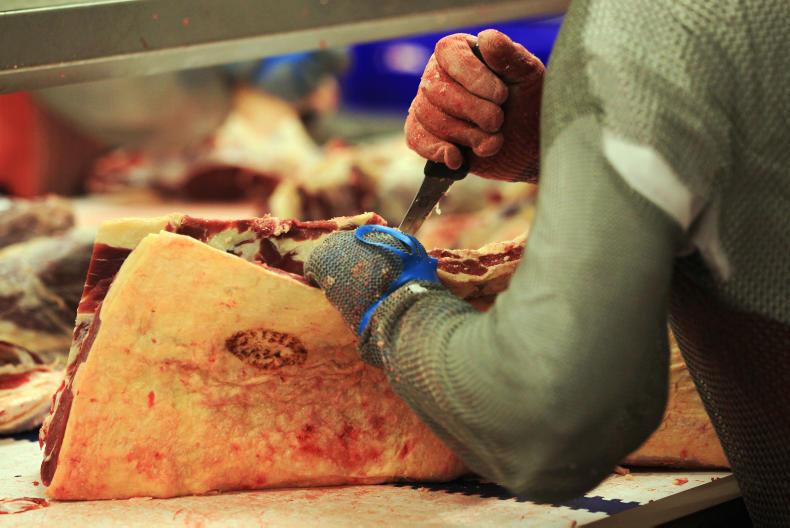The latest data from the European Commission shows the volume of beef and veal imported to the EU to the end of May was 135,679t.
This is a marginal decrease on the corresponding period in 2018, when 142,266t was imported. While imports from Brazil reduced by 6,000t, the country was the dominant player. It supplied 52,957t, as shown the graph below.
In contrast, Argentina continues to increase its exports to the EU, with volumes imported rising from 25,491t for the first five months of 2018 to 30,880t in 2019. This growth in Argentinian exports was similar from 2017 to 2018, with beef production rapidly recovering and fuelling higher export volumes.
Imports from Uruguay fell by almost 2,000t to 21,864t, while Australian exports also reduced from 9,481t to 8,624t.
The final two suppliers were the US at 8,562t, and other destinations at 12,792t, down from 15,455t in 2018.
Brazil may have reduced its exports to the EU for the first five months of 2019, but this hasn’t been repeated on a global stage. The country exported over 520,000t of beef from January to the end of May 2019, which equates to an increase of almost 50,000t. China has accounted for much of this increase in exports, with its import requirement jumping by over 100,000t up to May. Exports onto the market from the US declined by over 45,000t to in excess of 520,000t.
Read more
Brazil’s climate commitment cannot be taken at face value – ICSA
BEAM shines a light on lack of plan for sucklers
The latest data from the European Commission shows the volume of beef and veal imported to the EU to the end of May was 135,679t.
This is a marginal decrease on the corresponding period in 2018, when 142,266t was imported. While imports from Brazil reduced by 6,000t, the country was the dominant player. It supplied 52,957t, as shown the graph below.
In contrast, Argentina continues to increase its exports to the EU, with volumes imported rising from 25,491t for the first five months of 2018 to 30,880t in 2019. This growth in Argentinian exports was similar from 2017 to 2018, with beef production rapidly recovering and fuelling higher export volumes.
Imports from Uruguay fell by almost 2,000t to 21,864t, while Australian exports also reduced from 9,481t to 8,624t.
The final two suppliers were the US at 8,562t, and other destinations at 12,792t, down from 15,455t in 2018.
Brazil may have reduced its exports to the EU for the first five months of 2019, but this hasn’t been repeated on a global stage. The country exported over 520,000t of beef from January to the end of May 2019, which equates to an increase of almost 50,000t. China has accounted for much of this increase in exports, with its import requirement jumping by over 100,000t up to May. Exports onto the market from the US declined by over 45,000t to in excess of 520,000t.
Read more
Brazil’s climate commitment cannot be taken at face value – ICSA
BEAM shines a light on lack of plan for sucklers






 This is a subscriber-only article
This is a subscriber-only article










SHARING OPTIONS: